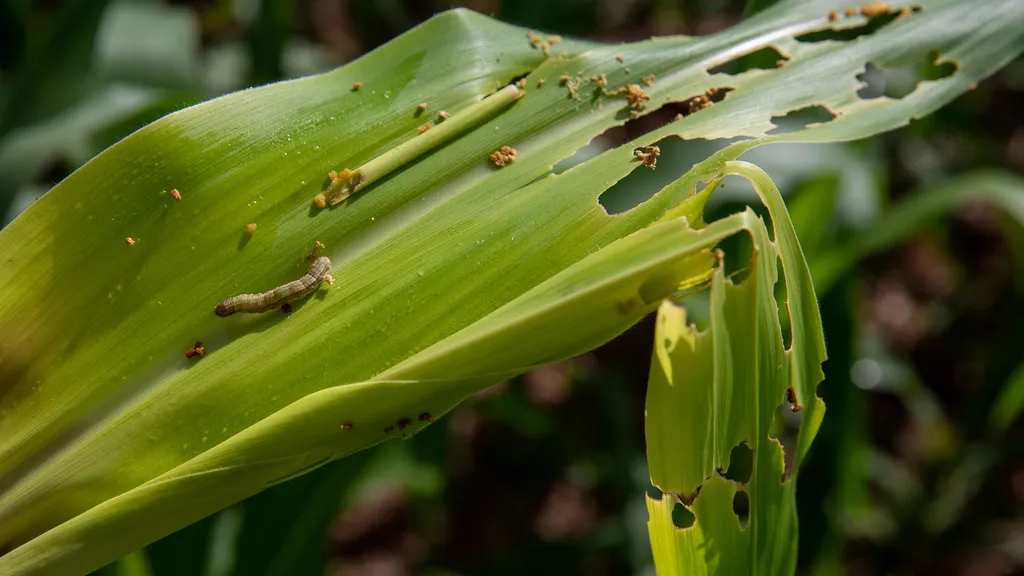In the relentless battle against crop-destroying pests, scientists are turning to nature’s own arsenal for sustainable solutions. A recent study published in *Scientific Reports* (known in English as *Nature Scientific Reports*) has unveiled the promising potential of a common baker’s yeast, *Saccharomyces cerevisiae*, in combating the fall armyworm, *Spodoptera frugiperda*, a notorious pest that has been wreaking havoc on global agriculture.
The fall armyworm, native to the Americas, has rapidly spread across Africa, Asia, and other regions, threatening maize and numerous other key crops. Its resistance to conventional insecticides has left farmers grappling for effective and long-term management strategies. Enter *Saccharomyces cerevisiae*, a microorganism that might just tip the scales in favor of sustainable agriculture.
Mohamed Diab, a researcher from the Pest Physiology Department at the Plant Protection Research Institute of the Agricultural Research Center, led the study that explored the biocontrol potential of the *S. cerevisiae* HA-NY4 strain. The findings are nothing short of remarkable. “We found that *S. cerevisiae* HA-NY4 significantly increased larval mortality after just 72 hours of treatment,” Diab explained. But the effects didn’t stop at mortality. The yeast also induced metabolic abnormalities in the larvae, disrupting protein synthesis, carbohydrate metabolism, and overall development.
The implications for agriculture are profound. By delaying pupation, reducing pupal weight, and decreasing adult emergence, *S. cerevisiae* HA-NY4 effectively hampers the pest’s reproductive potential. This could translate to fewer infestations and less crop damage, offering a beacon of hope for farmers worldwide.
The study’s results suggest that *S. cerevisiae* could be a game-changer in integrated pest management (IPM) strategies. Unlike chemical pesticides, which can harm beneficial insects and the environment, *S. cerevisiae* provides a targeted, eco-friendly alternative. “This approach not only addresses the immediate threat posed by *S. frugiperda* but also aligns with the broader goals of sustainable agriculture,” Diab noted.
The commercial impacts for the energy sector, particularly biofuel production, are also noteworthy. Maize is a primary feedstock for bioethanol, and fall armyworm infestations can significantly reduce yields. Effective biocontrol measures like *S. cerevisiae* HA-NY4 could stabilize maize production, ensuring a steady supply of feedstock for biofuel plants.
Looking ahead, this research opens doors to further exploration of microbial biocontrol agents. The success of *S. cerevisiae* HA-NY4 against *S. frugiperda* could pave the way for similar studies targeting other crop pests. As the world grapples with the challenges of climate change and food security, sustainable solutions like these are more crucial than ever.
In the words of Mohamed Diab, “This is just the beginning. The potential of microbial biocontrol is vast, and we are excited to explore its full scope in the years to come.” With such promising findings, the future of pest management is looking greener and more sustainable.

